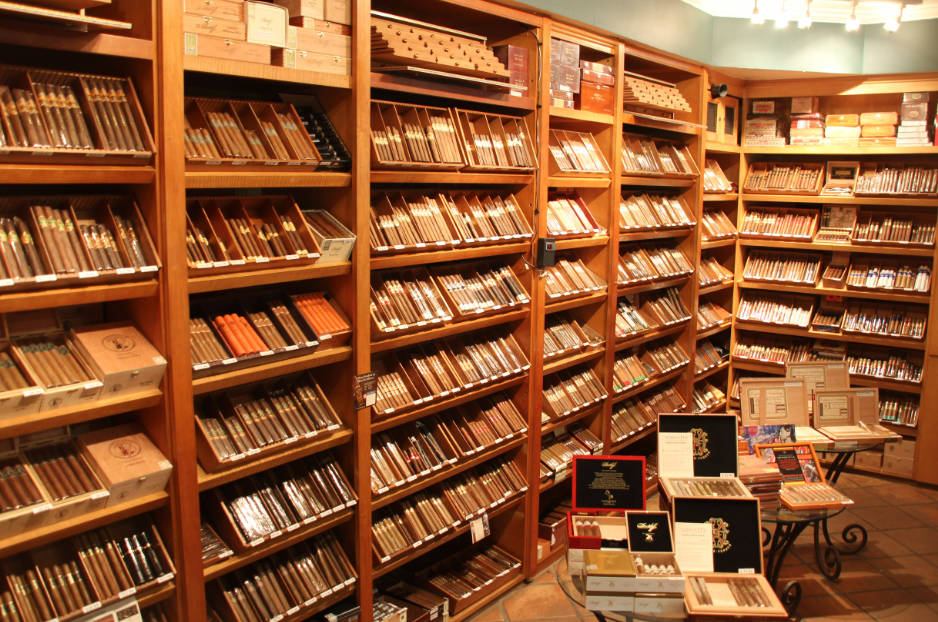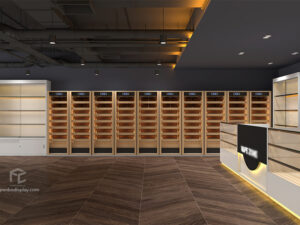Choosing the right materials for your custom humidor cabinet is essential not just for its appearance, but also for its functionality. The right materials can ensure that your cigars are stored in the optimal environment to maintain their freshness and flavor. Here’s a step-by-step guide to help you select the best materials for your custom humidor cabinet:
Step 1: Understand the Importance of the Right Materials
The primary purpose of a humidor is to maintain a consistent humidity level that is ideal for storing cigars. The materials used in the construction of your humidor will affect its ability to regulate humidity and temperature. Before choosing materials, understand that the goal is to create a stable environment that can mimic the natural conditions where cigars are kept at their best.
Step 2: Choose the Right Wood
Spanish Cedar: The most popular and traditionally used wood for humidors is Spanish cedar. It is known for its ability to maintain humidity, its resistance to warping, and its pleasant aroma that can enhance the flavor of cigars. Spanish cedar also repels tobacco beetles, pests that can ruin cigar collections.
Alternative Woods: While Spanish cedar is preferred, other woods like American cedar, mahogany, and cherry are also good choices. Each wood type has its properties:
- Mahogany: Well-regarded for its stability and moisture resistance, less aromatic than Spanish cedar which can be a plus if you want the cigars’ own flavors to dominate.
- Cherry: Offers a robust build and aesthetic appeal but doesn’t provide the same level of humidity control as Spanish cedar or mahogany.
- Walnut: Known for its strength and beautiful grain, walnut is more about aesthetics but needs to be lined with Spanish cedar inside for optimal performance.
Step 3: Consider the Lining
While the exterior of the humidor can be made from various woods or other materials for aesthetic reasons, the interior should ideally be lined with Spanish cedar. This lining is crucial for maintaining the correct humidity levels and for imparting a subtle cedar aroma to the cigars.
Step 4: Select the Hardware
The choice of hardware is not only important for the humidor’s appearance but also for its functionality. High-quality hinges and seals are essential to ensure that the humidor closes tightly and stays airtight, preventing humidity fluctuations.
- Hinges: Look for durable and rust-resistant hinges. Brass is a common choice due to its resistance to corrosion.
- Hygrometer and Humidifier: These are crucial for monitoring and controlling the internal environment. Choose digital over analog for more precise readings.
Step 5: Pick the Right Finish
The finish on the outside of your humidor not only adds to its aesthetic appeal but can also impact its performance.
- Varnish: Choose a varnish that seals the wood yet allows it to “breathe” which is essential for regulating internal humidity.
- Unfinished: Some aficionados prefer an unfinished look, especially on the interior, to ensure no external chemicals affect the flavor and humidity.
Step 6: Evaluate Eco-friendly and Innovative Materials
As sustainable practices gain importance, consider eco-friendly materials like bamboo or reclaimed wood for your custom humidor. Additionally, innovations such as integrating humidity control technology directly into the cabinet materials can offer a modern twist to traditional humidor designs.
Step 7: Professional Consultation
Finally, it might be beneficial to consult with a professional when selecting materials for your custom humidor. A skilled craftsman or a reputable company specializing in humidor construction can provide valuable insights and help you make informed choices based on your specific needs.
By following these steps, you can ensure that your custom humidor cabinet is not only a beautiful piece of furniture but also a functional environment that will keep your cigars in pristine condition.




